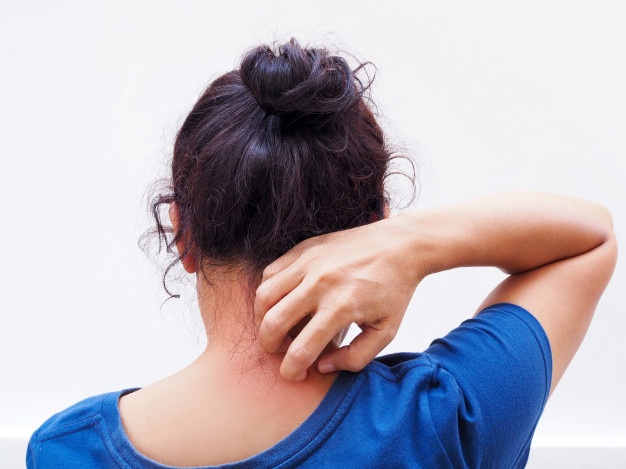Featured Article

The prevalence of atopic dermatitis is increasing in Asia, patients have indicated they are not satisfied with disease control; yet, research indicates they are not correctly applying treatments or they prefer alternative therapies.
The prevalence of atopic dermatitis is increasing in Asia, patients have indicated they are not satisfied with disease control; yet, research indicates they are not correctly applying treatments or they prefer alternative therapies.
The prevalence of atopic dermatitis is increasing in Asia, patients have indicated they are not satisfied with disease control; yet, research indicates they are not correctly applying treatments or they prefer alternative therapies.
“AD is considered incurable, thus, there is a need for accepted guidelines to manage and reduce the burden that this condition brings,” write authors of a recent review (“The ABC Topical Management of Atopic Dermatitis in Philippines: Expert Recommendations“) published in the Journal of Drugs in Dermatology.
Data from 744,673 dermatological consults in the Philippine Dermatological Society-accredited outpatient institutions collected between 2007 and 2011 showed that 65% of patients were children between 1-12 years old and 24% of patients were infants less than one year old. Because children rely on caregivers to administer treatments, disease control depends largely on the education, resources and attitudes toward treatment of the caregivers, the researchers note.
An earlier paper cited by the authors proposed an easy-to-follow ABC scheme based on characteristics of Atopic Dermatitis. In the current review, the authors build on this scheme with their suggestions.
The Anti-inflammatory phase focuses on using topical corticosteroids and/or topical calcineurin inhibitors to control inflammation during flare ups. The authors suggest considering patient characteristics in disease management as well as characteristics of anti-inflammatory agents. They also add, “Monitoring for overt signs of infection is another important focus, as this can further aggravate an AD flare.”
In the Barrier Restoration phase, the focus of treatment is on reestablishing the integrity of the skin barrier and lengthening time between flares.
“Existing AD guidelines have not provided consistent recommendations about the optimal frequency of moisturizer application but recent guidelines state that moisturizers should be prescribed in adequate amounts (ie, minimum of 250g/week, used at least twice daily) even on non-inflamed skin,” the authors note.
Finally, managing patients in the Basic Care phase focuses on maintaining an intact skin barrier through proper skin care, emollient application and avoiding potential irritants and allergans, the authors write.
The panel identified a lack of proper patient and caregiver education regarding chronicity, course, prognosis, and disease avoidance strategies; the inability to identify disease triggers; the absence of definite guidelines on the effective moisturizer amount and frequency of application; and the lack or absence of proper management of microbial colonization as contributing to the challenges of disease management.
“A holistic approach is essential in the success of AD management,” the authors write. “The ABC scheme presents a simple guide on AD management for the healthcare provider based on the key problems in the different phases of the disease.”
Heather Onorati is an experienced medical writer and editor with more than 20 years covering the dermatology industry
Get More from the JDD
Get the latest dermatology news delivered straight to your Inbox – sign up for the JDD Newsletter.
Discover the latest research, exclusive articles from leading dermatology experts, popular Podcast episodes, free CME activities, and more!
You May Also Like











